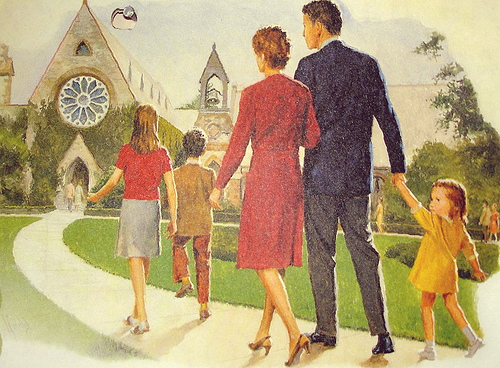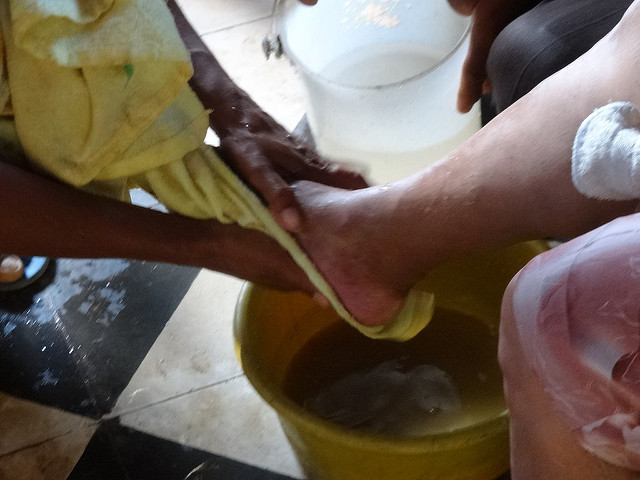 South Beach. Atkins. Paleo. Mediterranean. P90X. CrossFit. Insanity. Boot Camp. Each of these diets or work out methods promises to cut carbs, burn fat, and sculpt lean muscles. The commercials and magazine advertisements display pictures of people whose bodies radically change because of this diet or that workout regiment. Indeed, there are countless numbers of stories, publicized and not publicized, proving the effectiveness of these body shaping methods. Yet as a budding health enthusiast, I wonder how effective these advertisements are because of the way that they idealize a particular looking body, one with toned muscles, tan skin, perfect hair, and/or lean stomachs. Moreover, many of these diets and workout regiments subtly shame “unideal” bodies through advertising how radically different a person’s body can look if they following a particular diet or workout regiment.
South Beach. Atkins. Paleo. Mediterranean. P90X. CrossFit. Insanity. Boot Camp. Each of these diets or work out methods promises to cut carbs, burn fat, and sculpt lean muscles. The commercials and magazine advertisements display pictures of people whose bodies radically change because of this diet or that workout regiment. Indeed, there are countless numbers of stories, publicized and not publicized, proving the effectiveness of these body shaping methods. Yet as a budding health enthusiast, I wonder how effective these advertisements are because of the way that they idealize a particular looking body, one with toned muscles, tan skin, perfect hair, and/or lean stomachs. Moreover, many of these diets and workout regiments subtly shame “unideal” bodies through advertising how radically different a person’s body can look if they following a particular diet or workout regiment.
All bodies are not considered equal in our society today. People who possess a certain amount of plumpness do not get the same recognition as those who have the toned, lean look. We see this alive and well in the media, especially with the recent revelations about how Photoshop shapes pictures of people in magazines. Layer upon layer of filters are used to make models more fair or tan, more toned or lean, and generally more appealing to consumers. Using Photoshop in this way suggests that this single computer program shapes our imaginations about what the ideal body looks. But this is not about a computer program. It is about how we allow our own ideas about our bodies be shaped by the world around us. Are we comfortable in our own skin?
 The season of Lent has everything to do with the body. We read about Jesus, God embodied in a human being, walking, talking, yelling, eating, laughing, crying. We hear about Jesus’ compassion for those whose bodies have been deformed by diseases like leprosy or possession by demons. We witness to Jesus’ saving power as Lazarus’ decomposing body is brought back to life four days after his death. Most importantly, though, we fall at the foot of the cross, where Jesus’ human body is broken, epitomizing the mystery of the incarnation by revealing that the love of God is most distinctly manifested in the brokenness of Christ’s body. How necessary the body is for revealing God’s love in the world.
The season of Lent has everything to do with the body. We read about Jesus, God embodied in a human being, walking, talking, yelling, eating, laughing, crying. We hear about Jesus’ compassion for those whose bodies have been deformed by diseases like leprosy or possession by demons. We witness to Jesus’ saving power as Lazarus’ decomposing body is brought back to life four days after his death. Most importantly, though, we fall at the foot of the cross, where Jesus’ human body is broken, epitomizing the mystery of the incarnation by revealing that the love of God is most distinctly manifested in the brokenness of Christ’s body. How necessary the body is for revealing God’s love in the world.
So this Lent, let’s love our bodies and the bodies of others. Let’s explore ways that we can sustainably rejuvenate our bodies. Let’s care for our bodies by using them in the service of others. Let’s challenge the way that the body is portrayed in culture by accepting our own bodies as they are. Because the solution to this issue is not to conform to an ideal image of the body supplied by the world. It is to manifest the love of God to ourselves and the world through our bodies. Our bodies may not be “ideal,” but it is in imperfection where we can find God walking with us towards a day of new life in the resurrection.








